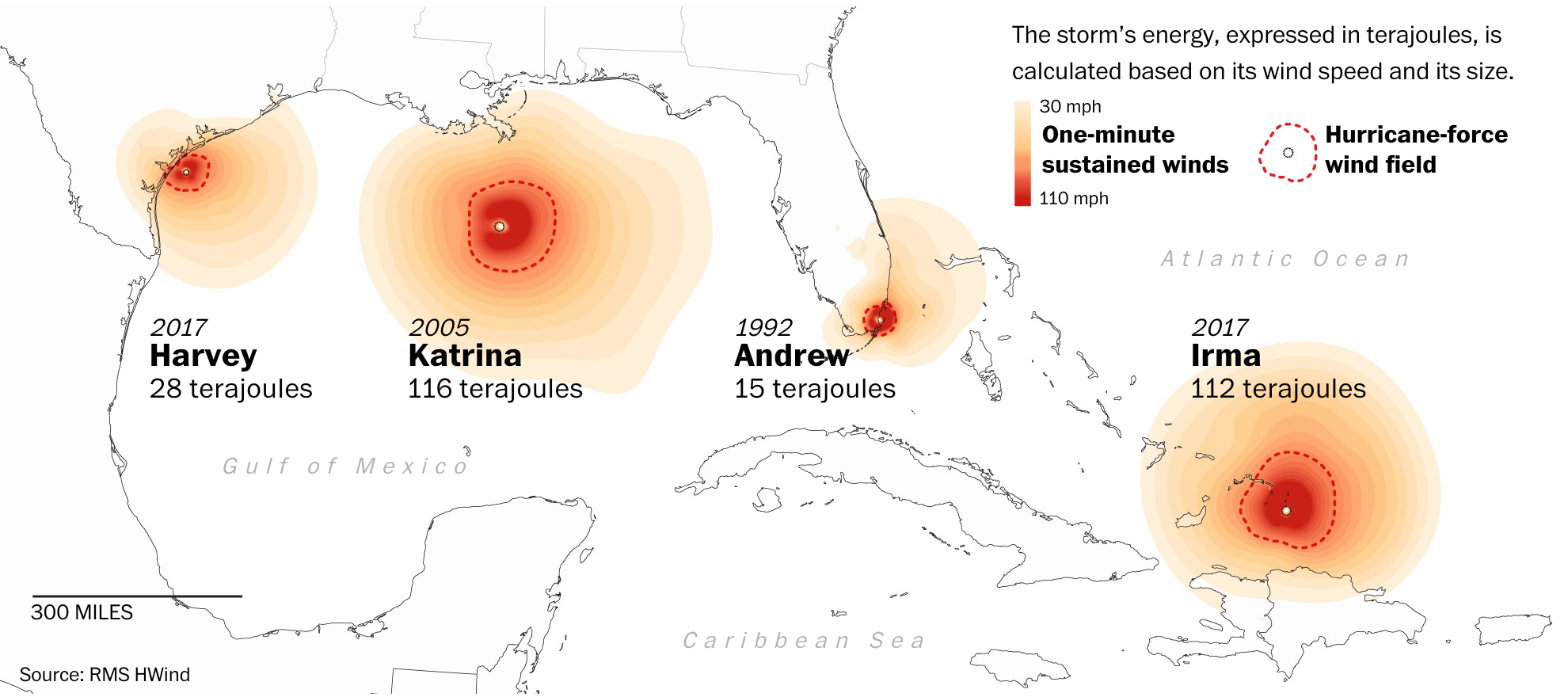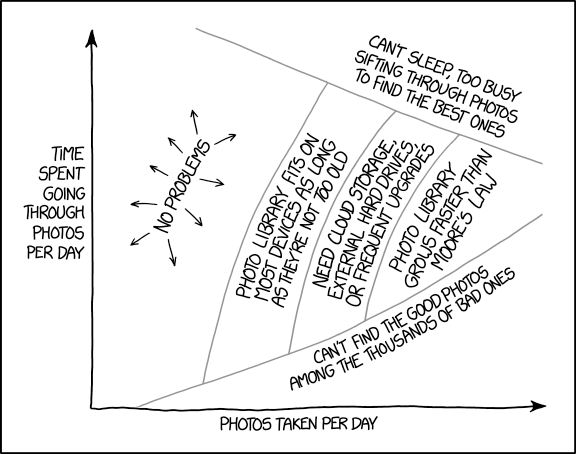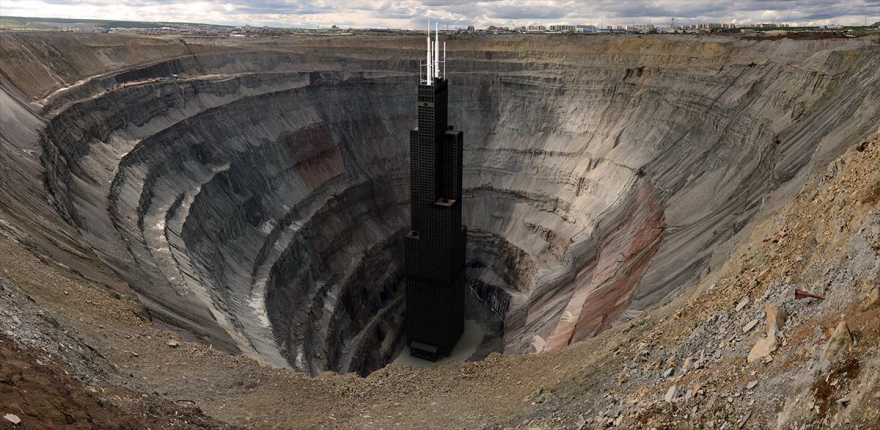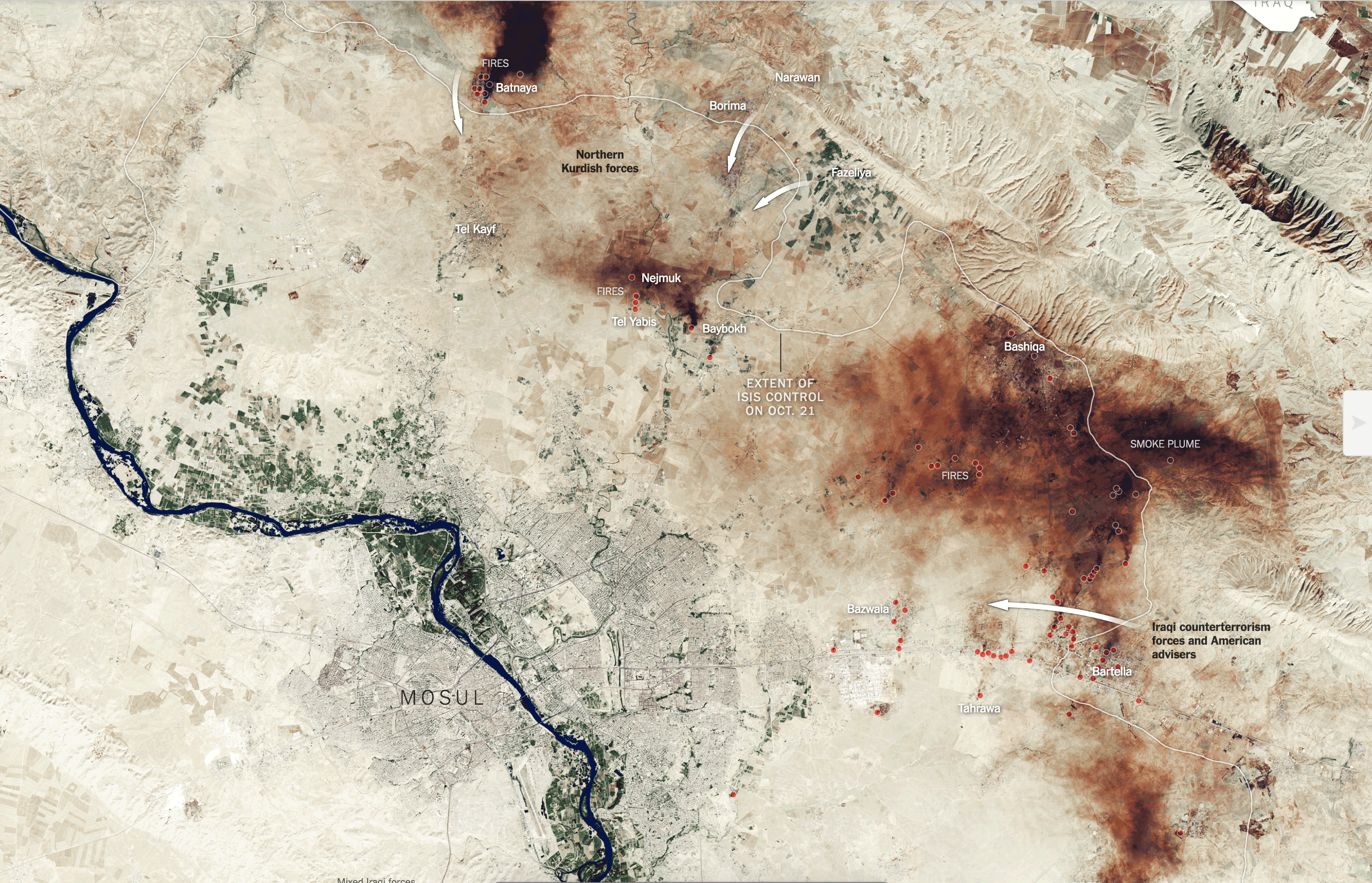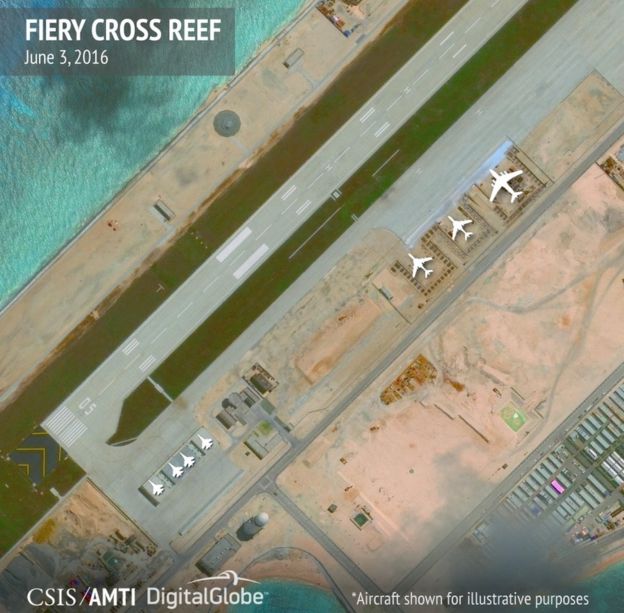For years the Rohingya people, largely Muslim, in Burma (also known as Myanmar) have faced persecution from the majority Buddhist Burmese to the point that they are not considered citizens. Over the last several weeks, the Burmese government has reacted to assaults against civil authorities by armed Rohingya groups by burning villages wholesale. Burma denies it, occasionally going so far as to say that the Rohingya have in fact burned their own villages.
Sure.
The New York Times had an article on the Rohingya crisis, which if it is not already is now perilously close to being ethnic cleansing. Online, an article offered more, comparing satellite views of villages before and after their burning to the ground.
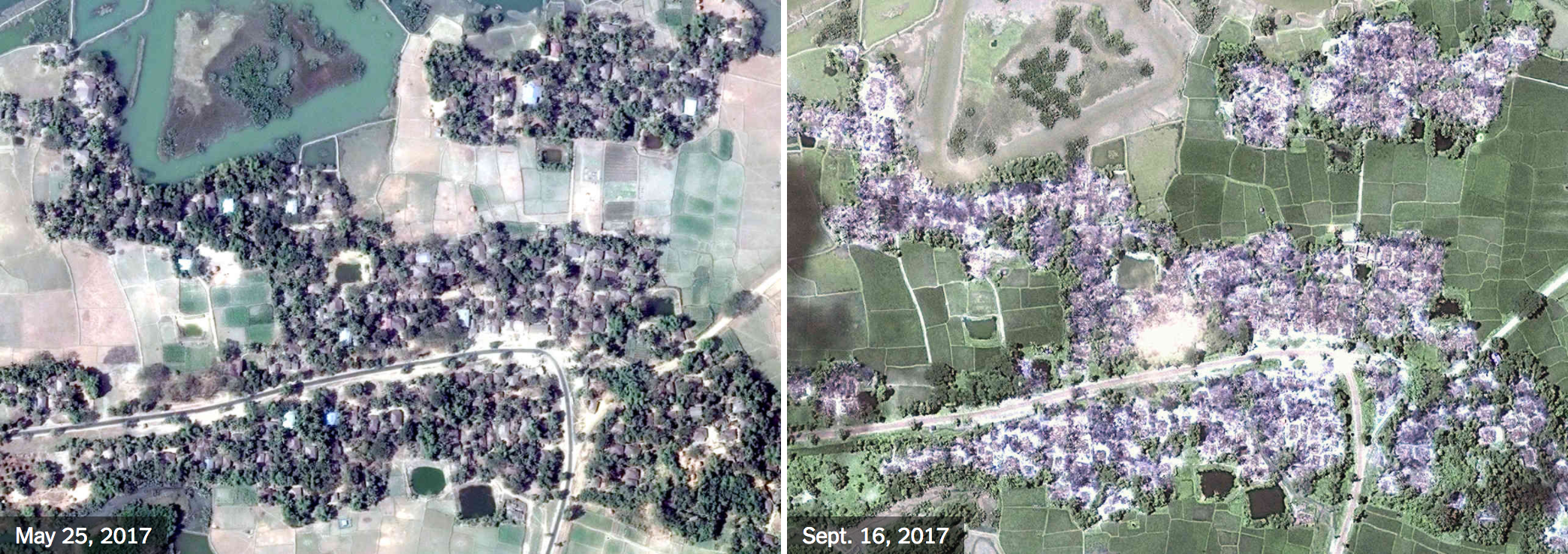
This week global leaders are meeting in New York at the UN General Assembly. Undoubtedly and rightly they should discuss issues like North Korea’s two programmes, one of developing nuclear weapons and the other of developing intercontinental ballistic missiles. But, hopefully they will not be silent on this issue.
Credit for the piece goes to Sergio Peçanha and Jeremy White.

